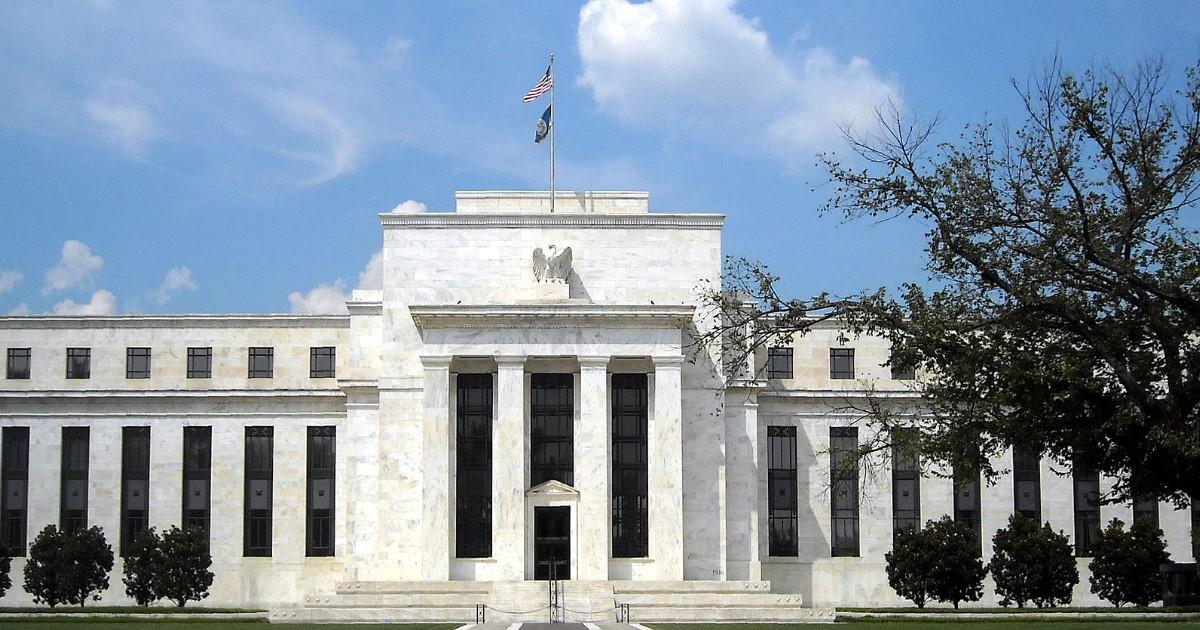The Federal Reserve has officially reported a loss of $57 billion for the first six months of 2023. Quite a number! So the “Federal Reserve Banks Combined Quarterly Financial Report as of June 30, 2023” (CQFR)—a little-known document—is especially notable for its red ink. We can anticipate an annual loss of over $100 billion for 2023 and for the losses to continue into 2024. 1
How does a central bank, especially the world’s greatest and most important central bank, lose tens of billions of dollars in six months? An average person, influenced by the mystique of the Fed, might understandably be baffled by this fact.
To understand what is happening, we need to recall that in addition to being a media star as the manipulator of the world’s dominant currency, the Federal Reserve is a bank—well, actually 12 Federal Reserve Banks (FRBs), covering districts across the United States. Added together they are huge, with total assets of $8.3 trillion (with a T). The FRBs have loans, investments, deposits and borrowings, interest income and interest expense, and profit or loss like other banks do. They also have private shareholders: the commercial banks which are “Fed member banks,” and the FRBs have over them the Washington Federal Reserve Board, which charges them for its expenses.
The combined FRBs are intended to always be profitable because of their unique monopoly in issuing U.S. dollar paper currency. This is a very lucrative privilege which means together they have $2.3 trillion of zero interest cost funding from the dollar bills circulating around the country and the world, which they can invest in interest earning assets. (They print up some money and use it to buy Treasury bonds, simply said.) But instead of making profits, as the combined Fed reliably did for more than 100 years, it is now making giant losses, a historic reversal.
The CQFR shows that in the first six months of 2023 the combined Fed had $88 billion in interest income, but $141 billion in interest expense. So it paid out in interest $53 billion more than it received, and also had to pay its overhead expenses of over $4 billion.
Why doesn’t it have more interest income? Because the Fed engaged to the tune of about $5 trillion in one of the most classic of financial risks: borrowing short and lending long, and now interest rates have gone very far against it and the risk has turned into real losses.
The CQFR shows on page 22 that on June 30 the combined Fed owned $5.5 trillion in Treasury Securities with an average yield of 1.96%, and $2.6 trillion of mortgage-backed securities yielding on average 2.20%. In short, it invested in massive amounts of very long-term fixed rate assets and locked in for years a historically low yield of about 2%. Meanwhile, it was funding $5 trillion of these assets with floating rate deposits from banks and borrowings in the form of repurchase agreements, the cost of which rose to over 5%.
You don’t need a degree in banking or a Ph.D. in economics to know that lending money at 2% while you are borrowing money at 5% is a losing proposition. That is what our Federal Reserve Banks did and continue to do.
On top of this, as disclosed in the footnotes of the CQFR on page 7, when the combined Fed’s investments were marked to market on June 30, they had a market value loss of over $1 trillion, or a market value loss of 23 times the Fed’s stated capital.
The CQFR reports a total capital of about $42 billion ($35.6 billion of paid-in capital from the member commercial banks and $6.8 billion of retained earnings, called “surplus”). But note: This total capital is much less than the $57 billion reported loss for the six months of 2023, to which must be added the loss for the later months of 2022 of $17 billion. This total $74 billion of accumulated losses by June 30 must be subtracted from the retained earnings and thus from total capital. But the Fed does not do this—it misleadingly books its losses as an asset (!), which it calls a “deferred asset”– a practice highly surprising to anyone who passed Accounting 101. Why does the Fed do this? Presumably it does not wish to show itself with negative capital. However, negative capital is the reality.
Here are the combined Fed’s correct capital accounts as of June 30, based on Generally Accepted Accounting Principles. They result in a capital of negative $32 billion:
The Fed wants you to believe that neither its negative capital nor its giant losses matter because it is the Fed and can print money. Many economists agree.
But does it matter that the Fed’s losses will cost not only it, but also the Treasury and the taxpayers, over $100 billion this year and more in the future? Does it matter that on a combined basis its accumulated losses are greater than its private stockholders’ paid-in capital? Does it matter that with negative equity under standard accounting, it is technically insolvent? All of these can be debated, but the numbers certainly do get one’s attention.
We conclude with a simple question: Did the leaders of the Fed intend to lose $57 billion in six months? Did they intend to be looking at a loss of more than $100 billion for this year? Did they intend to have a mark to market loss of more than $1 trillion? It is impossible to believe they did. The liberal supply of red ink they have delivered certainly does not help the Fed’s reputation for knowing what it is doing.
1. Note: I have used very rounded numbers throughout to make the mental arithmetic easier for the reader.
























